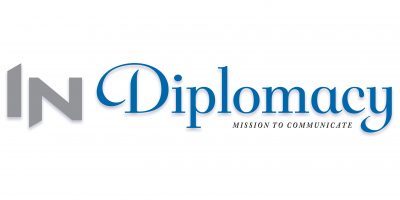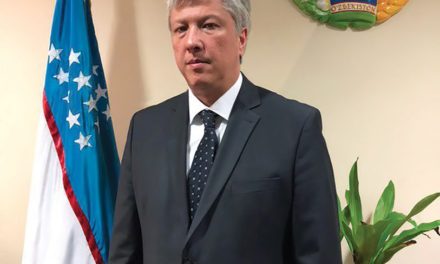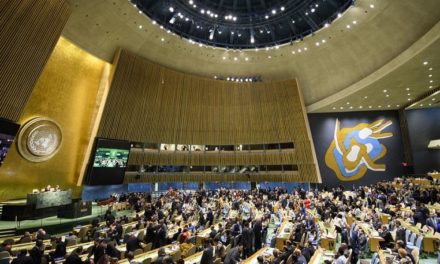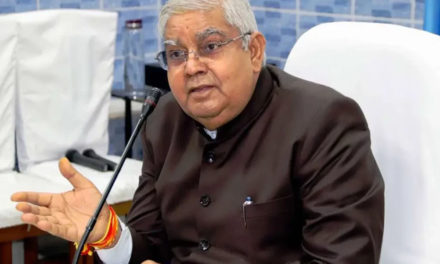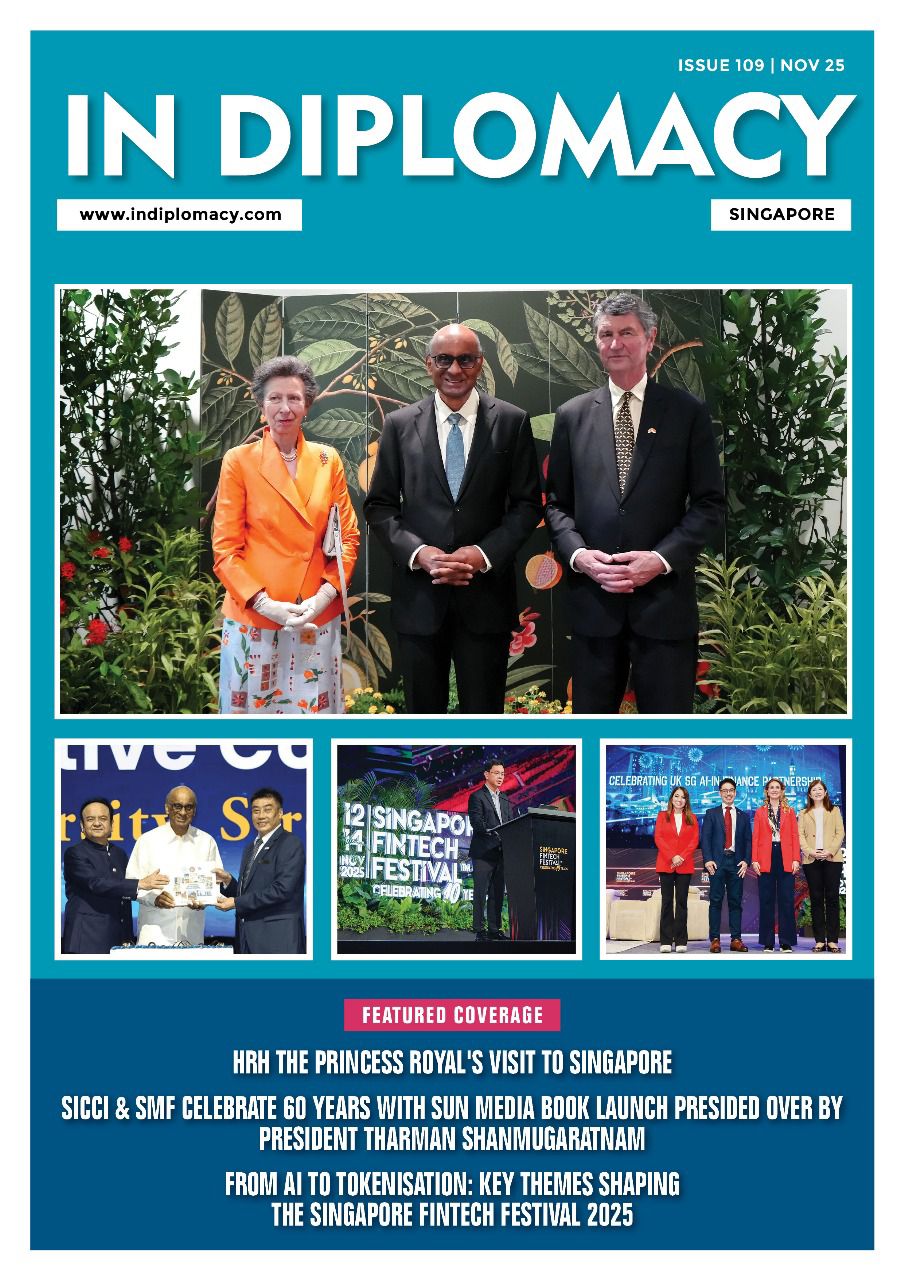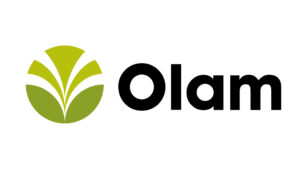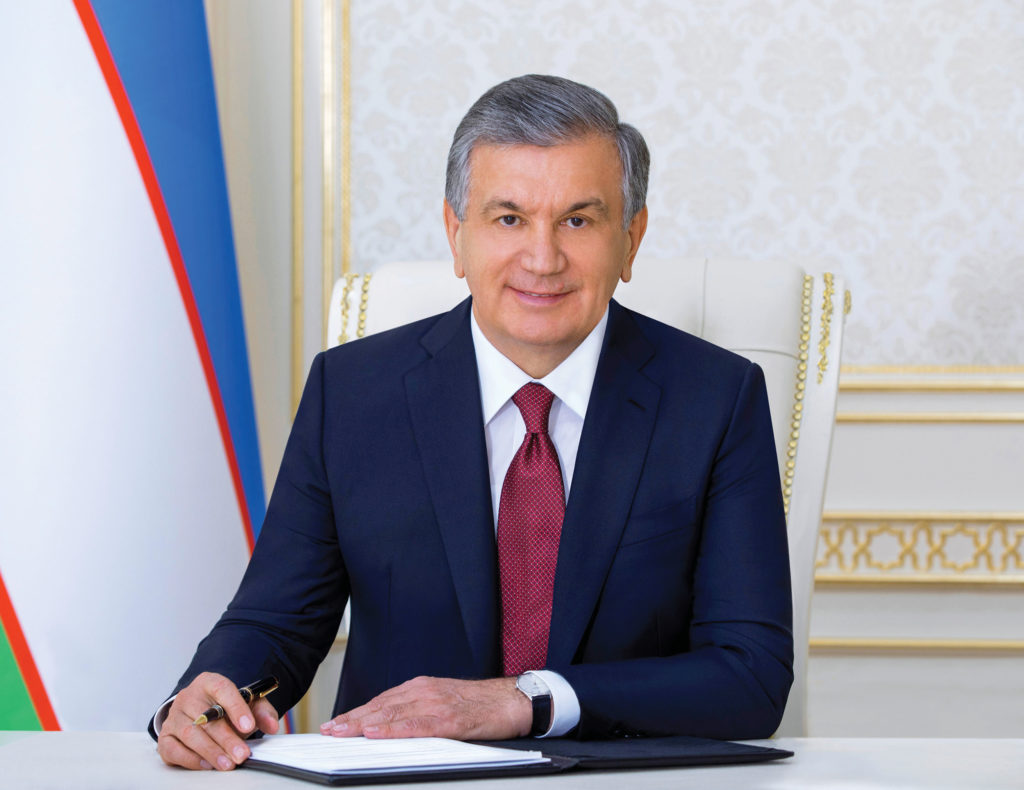
Steered by President Shavkat Mirziyoyev since late 2016, the Republic of Uzbekistan has followed a searing course to open the country to the world for investment to infuse fresh energy to transform the economy
THE sweeping winds of new reforms have worked apace to rid Uzbekistan of time-worn paradigms to create a ‘New Uzbekistan’ which is well-equipped to face the present-day challenges for transforming its economy.
These reforms primarily comprise the flexibility of the exchange rate, a comprehensive tax reform and the liberalization of foreign trade. Uzbekistan’s economy is transforming from a closed, state-centered economic model to an open market economy.
The results of these efforts, reflected in its impressive progress, have been apparent to the international community at large. Before COVID-19 pandemic, Uzbek economy has advanced significantly, as mirrored by:
* The strong growth of foreign trade, which increased from USD 24B in 2016 to almost USD 42B in 2019.
* Huge improvement in the Doing Business Index, where Uzbekistan jumped from rank 87 in 2016 to rank 69 in 2020.
* Stronger foreign direct investment policy (FDI). According to the World Bank, FDI increased from 2% of GDP in 2016 to almost 4% of GDP in 2019.
Despite this impressive development the government is alive to the cause of the challenges that still follow fast on its heels. These challenges include, promotion of small and medium enterprises, gradual reduction of state intervention to economy, decreasing the extent and impact of state owned companies to the competition in the markets, reduction of Red Tape and lowering the regulatory burden on private sector.
New 5-Year National Strategy & Roadmap
In 2020, Uzbekistan leadership announced a new, large-scale 5-year National Strategy and Roadmap to enhance competition in the commodity and financial markets in order to address structural problems inhibiting economic development. The key objective of the Strategy is fostering economic development, innovations, increasing inflow of investments and new jobs, as well as increasing welfare of consumers through ensuring “level playing field” to all market players. The Strategy actions include such areas as creation of the system of “smart” antitrust regulation and transition to preventive system of competition protection, develop effective tools of regulation of digital markets, implement new tools of market analysis, and decrease level of state price regulation.
The Roadmap envisages diminishing domination of SOEs in such key sectors as automobile industry, steel manufacturing industry, telecoms, chemical, banking and oil and gas sectors.
The Strategy has ambitious goals and indicators such as reducing the number of monopolies by at least 40%, eliminating distortive legal norms by at least 30%, growth in a number of market players by 25%, reducing the share of state intervention by 40 % of GDP, reducing state aid share by 10 % of GDP.
The low intensity of Uzbekistan’s domestic competition has been one of the major challenges for decades. Driven by irreversible reforms on the way to the market economy the situation has been changing dramatically over the past four years as can be seen in the significant improvement in the competitive environment. Non-discriminatory access to the infrastructure of monopolies has been the key factor in ensuring the activity of SMEs and gradual competition development.
Strategy Of Management And Reforming of SOEs 2021 – 2025 envisages reduction of the number of SOEs by 75%, primary and secondary public offering of shares of at least 20 state-owned enterprises, to increase the number of independent members of the Supervisory Board of SOEs to 30% by 2025.
The Development Strategy of New Uzbekistan for 2022-2026 has identified seven priority areas:-
• Building a humane state by raising the honor and dignity of a person and further developing a free civil society.
• Turning the principles of justice and the rule of law into a fundamental and necessary condition for the development of the country.
• Accelerated development of the national economy.
• Pursuing a fair social policy, developing human capital and ensuring high growth rates.
• Ensuring spiritual development and raising this area to a new level.
• Approach to global problems based on national interests.
• Strengthening the security and defense potential of the country, maintaining an open, pragmatic and active foreign policy.
The gross domestic product per capita is expected to increase by 1.6 times over the next five years, and per capita income will reach $4,000 by 2030, thanks to which Uzbekistan will be able to join the ranks of “states with an upper-middle income”. The average annual GDP growth rate in 2023-2025 will amount to 6.5%, and the annual growth rate of lending to the economy planned at the level of 16-18%.
In the field of ensuring macroeconomic stability, it planned to gradually reduce the annual inflation rate from 9% in 2022 to 5% by 2023, as well as reduce the State budget deficit, which from 2023 should not exceed 3% in relation to GDP. The amount of annual external borrowing will not exceed $4.5 billion. At the same time, the public debt will remain below 60% of GDP.
In the first quarter of 2022, the economy of Uzbekistan came under increased pressure from external conditions: instability in the countries that are the main trading partners, increased volatility in the global goods market and disruption of supply chains.
Meanwhile, the economy of Uzbekistan in the first three months has demonstrated not only resistance to large-scale external challenges, but also a growth trend. According to the State Statistics Committee of the Republic of Uzbekistan, the gross domestic product (GDP) of Uzbekistan increased by 5.8% in January-March against an increase of 2.6% in the first quarter of 2021.
Investments in fixed capital in the first three months of this year increased sharply by 26% against the backdrop of recessions and sluggish growth in the previous 2 years. There is an increased dynamics in non-centralized investments – an increase of 34%. In particular, the volume of attracted foreign direct investment (FDI) and investment through foreign loans increased by more than 1.5 times. Direct FDI increased by 1.7 times. A double-digit growth of 30% also noted for investments at the expense of enterprises.
In the first quarter, the share of centralized investments in total investment decreased from 12% in January-March 2021 to 6.9%, non-centralized, respectively, increased from 88% to 93%.
All sectors of the economy over the first three months showed increase in production.
Industrial production grew by 5.7%. The largest increase observed in the sector of electricity, gas supply, steam and air conditioning by 16%. In the manufacturing industry, the leading industrial sector of the country, there is an outstripping dynamics – the volume of production increased by 5.9% (in January-March 2021 by 4.6%). The mining sector showed a slight increase in production by 0.8%.
The services sector showed double-digit growth rates over the three months. The output of market services increased by 16%. Growth was observed in all service sectors, except for education, where output decreased by 5%, and rental services – a decrease of 4.3%. Significant positive dynamics observed in the financial sector – growth in January-March by 37.6%, in the field of ICT – by 27.8%.
There is a significant increase in the volume of foreign trade of Uzbekistan in comparison with the same period last year. Foreign trade turnover increased 1.7 times and amounted to 7.5 billion dollars. Exports increased 2.4 times to 5.8 billion dollars, imports – by 45% to 7.4 billion dollars.
In imports, the main increase was due to an increase in the supply of machinery and equipment by 64% (2.6 billion dollars), industrial goods by 51% (1.4 billion dollars). In addition, imports of food products and live animals increased significantly by almost 60% (804 million dollars), services by 46% (530 million dollars).
Thus, in the first quarter of 2022, the economy of Uzbekistan continued its sustainable development, despite the continued increased turbulence of the global economy. The difficult situation in the world commodity markets and in the economies of major trading partners has already reflected in the acceleration of price growth in the country, and expected to continue to have a negative impact in the coming months.
Meanwhile, in all sectors of the economy there is an increase in production. Investment activity in the first quarter shows a desire to reach pre-pandemic levels. Exports are growing at a double-digit pace, excluding gold exports. In addition, in order to overcome the crisis and counteract external shocks, the country has already announced measures to support the economy, which expected to help maintain a stable economic growth dynamics this year.
The high pace of reforms carried out under Ledership of the President of the Republic of Uzbekistan since last 7 years through unification of exchange rates, liberalisation of foreign trade, removal of various administrative barriers to cross border flow of goods and people, commencing the transformation of banking sector, radical tax reform and reduction of various administrative costs of doing business and drastic decreasing the extent of State intervention in economy undoubtedly has given a great impetus to significantly improve competition in the markets. Obviously, shifting everything to the market does not work, however working against the market is even less effective.
Now Uzbekistan is converting the current momentum into sustainable progress. This efforts include strong supportive measures to create healthy, dynamic and mobile private sector as the driving force and the backbone of the economy, further enhancement of current and introduction of new effective, supportive and reliable institutions and basic conditions to enable employment for young people and disadvantaged groups, opening up the education system and providing access to financing.
RELATED to above post:
- SCO SAMARKAND SUMMIT: DIALOGUE & COOPERATION IN AN INTERCONNECTED WORLD – click here
